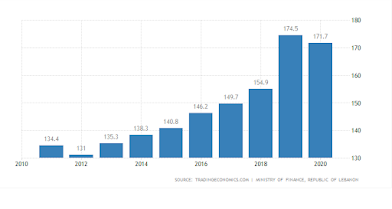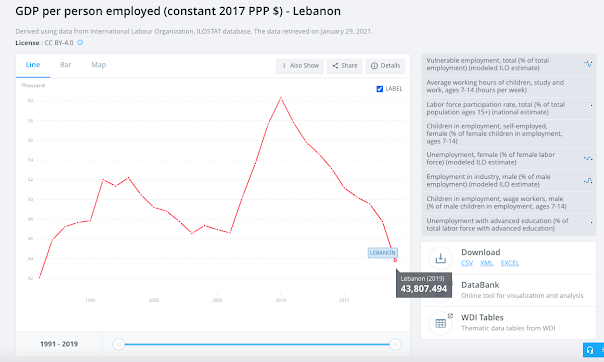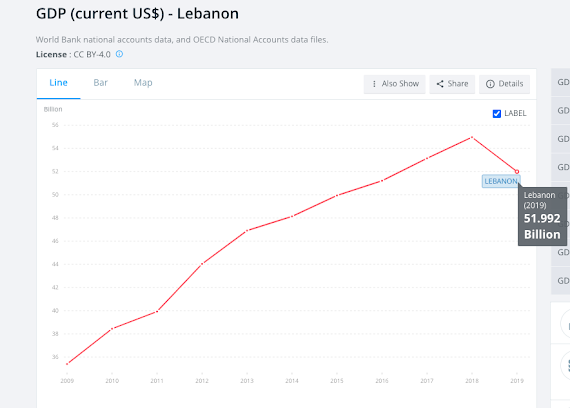Lebanon: An Increase in Taxes on Electrical Machinery Imports

An Increase in Taxes on the Imports of Electrical Machinery and Equipment in Lebanon Starting in May 2019, the imports to Lebanon were subjected to a 2% increase in taxes, and this being a 10% tax on 20 specific imported goods, such as flour, furniture, electric machinery and many more. The reason for increase in taxes for these imports was to, "reduce the trade imbalance, and encourage local production" (HKTDC Research). Specifically, focusing on Electric machinery and equipment, the tariffs for these products the year before were about 3.38% in Lebanon. When thinking about the impact that this increase in taxes might have on the different people in Lebanon, specifically for the domestic producers, they might experience an increase in production. This may mainly be due to there being less imports of Electrical machinery and equipment from other neighboring countries, due to the increased taxes on the products. This will cause domestic producers of Electrical machinery to hav...


